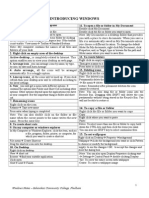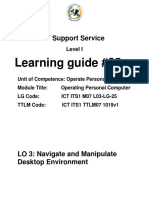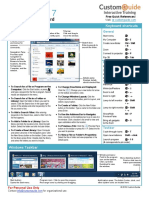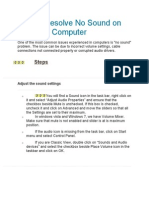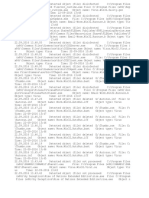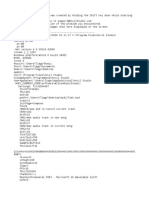0% found this document useful (0 votes)
225 views14 pagesTopic 2 Customizing Desktop Environment
College topic
Topic 2 customizing desktop a topic for computers
Uploaded by
queenbarbs4Copyright
© © All Rights Reserved
We take content rights seriously. If you suspect this is your content, claim it here.
Available Formats
Download as PDF, TXT or read online on Scribd
0% found this document useful (0 votes)
225 views14 pagesTopic 2 Customizing Desktop Environment
College topic
Topic 2 customizing desktop a topic for computers
Uploaded by
queenbarbs4Copyright
© © All Rights Reserved
We take content rights seriously. If you suspect this is your content, claim it here.
Available Formats
Download as PDF, TXT or read online on Scribd
/ 14










